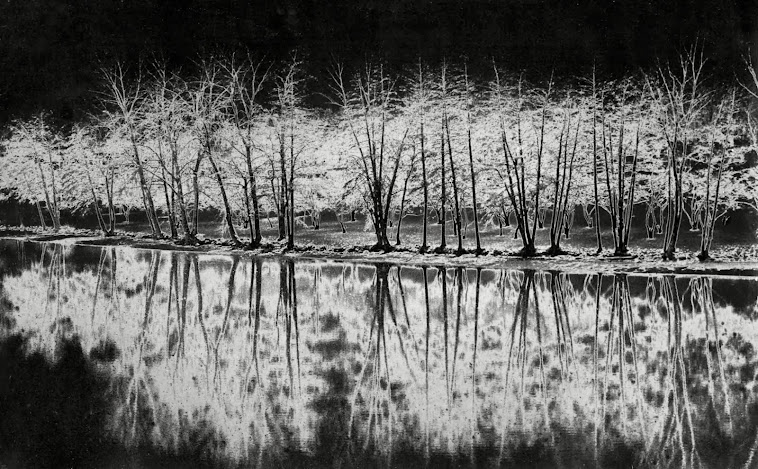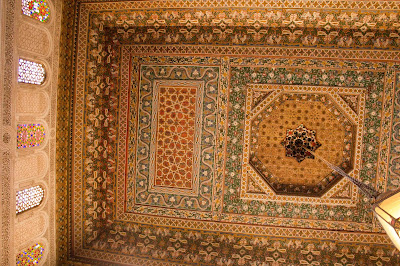Today’s post is dedicated wholly to the Magdeburger Dom. It stands on the site of a monastery built by Otto 1 in 937, most of which was destroyed by fire in 1207. The new cathedral was the first French gothic style structure in Germany; it was dedicated to St. Mauritius [Maurice] and St. Katerina [Catherine]. Views of the exterior clearly show what an awe-inspiring edifice it is today [imagine its effect on 13th century townspeople].
The interior made no less of an impression.
Unlike the French gothic, where sculpture was outside on the portals, Magdeburg has a variety of beautiful and precious figures inside the church. Facing one another across the choir are the figures of Mauritius and Katerina, sculpted by the same artist around 1250.
Also in the general area of the choir is a magnificent wood sculpture from Ernst Barlach. It as a strong anti-war piece that requires a great deal of study and contemplation. I have taken the following passage directly from Wikipedia:
“From 1928 onward Barlach also generated many anti-war sculptures based on his experiences in the war. This pacifist position went against the political trend during the rise of Nazism, and he was the target of much criticism. For example, the Magdeburger Ehrenmal (Magdeburg cenotaph) was ordered by the city of Magdeburg to be a memorial of World War I, and it was expected to show heroic German soldiers fighting for their glorious country. Barlach, however, created a sculpture with three German soldiers, a fresh recruit, a young officer and an old reservist, standing in a cemetery, all bearing marks of the horror, pain and desperation of the war, flanked by a mourning war widow covering her face in despair, a skeleton wearing a German army helmet, and a civilian (the face is that of Barlach himself) with his eyes closed and blocking his ears in terror. This naturally created a controversy with the pro-war population (several nationalists and Nazis claimed that the soldiers must be foreign since true Germans would be more heroic),[4] and the sculpture was removed. Friends of Barlach were able to hide the sculpture until after the war, when it was returned to the Magdeburg Cathedral. Yet, the attacks on Barlach continued until his death.”

Close inspection of the skeleton suggests that it is smiling.
Another excerpt from Wikipedia:
“The sculptures of the five wise and the five foolish virgins (see The ten virgins from the List of Bible stories), also around 1250. This is the most remarkable piece of art in the cathedral. The five wise virgins are prepared and bring oil to a wedding, whereas the five foolish virgins are unprepared and bring no oil. Hence they have to go find oil and subsequently arrive late and cannot join the wedding anymore. The unknown artist masterfully expresses the emotions in the faces and the body languages of the girls, showing a much more realistic expression than what was common in art around that time. All figures are different, and have ethnic Slavic features. The sculptures are outside of the north entrance to the transept.” [For the sake of brevity, I am not posting any close-up shots from these groups.]




















































